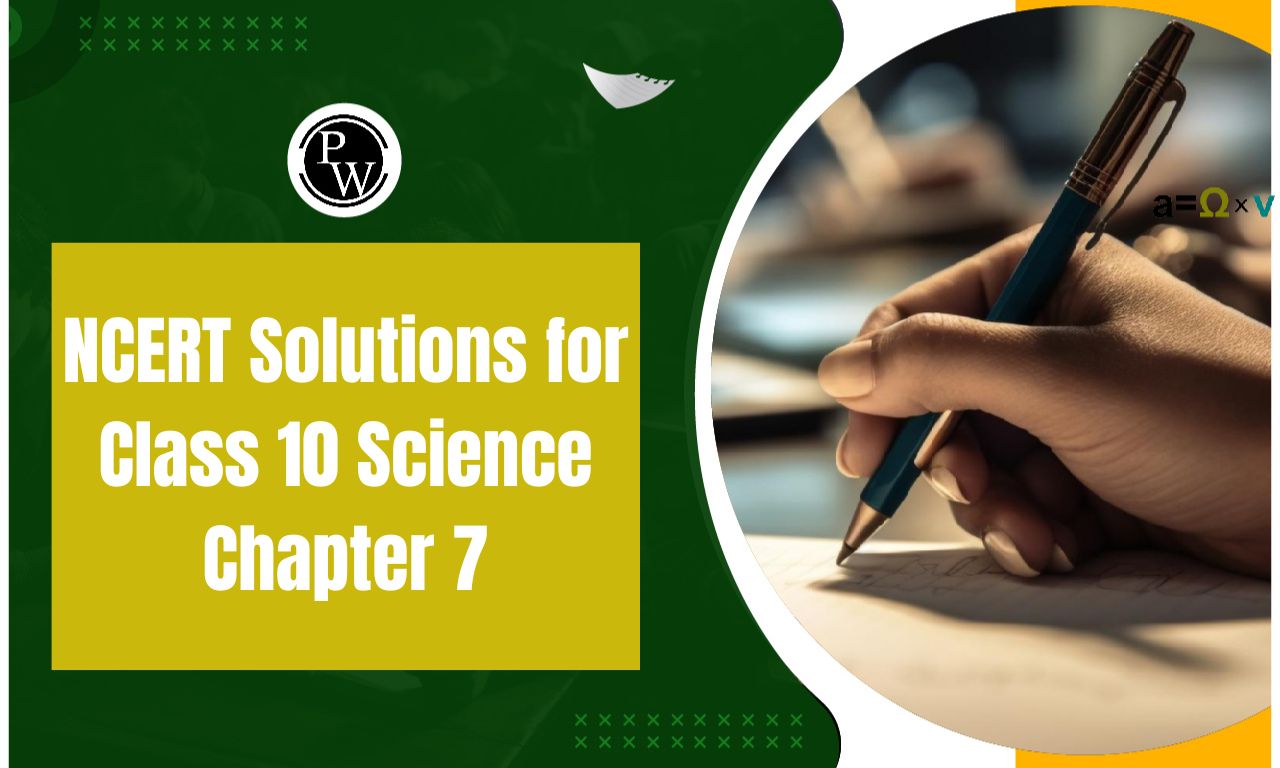
Introduction
The ratio of the magnitude of the charge (Q) held on one of the plates to the potential difference (V) between the plates is known as a capacitor's capacitance (C):
Q=CV
Where,
Q= Charge on capacitor
C= Capacitance of capacitor
V= Potential difference between the capacitors
Energy Stored in Capacitor
A capacitor's capacitance (C) and the voltage (V) put across its plates determine how much energy it can store. The following formula can be used to estimate the energy held by a capacitor:
U= 1/ 2 C V 2 = QV/ 2
Where,
U= energy stored in capacitor
C= capacitance of capacitor
V= potential difference of capacitor
According to this equation, the energy held by a capacitor is proportional to both its capacitance and the voltage's square. This makes obvious sense given that the capacitance of the capacitor, which determines the amount of charge it can store, and the voltage, which drives the accumulation of charge, are both related to the energy stored in the capacitor.
Also Read - Current Electricity Formula
Energy Density Of Capacitor
The amount of energy that can be stored in a capacitor's dielectric material between its plates per unit volume is referred to as the capacitor's energy density. The amount of energy stored in the electric field between the plates in relation to the volume of the capacitor is shown by this measurement.
The energy density (μ) of a capacitor can be calculated using the formula:
energy density= 1/ 2ε 0 K E 2
And for vacuum,
energy density= 1 2ε 0 E 2
This equation demonstrates how the electric field strength and the permittivity of the dielectric material are proportional to the square of the energy density. The capacity of a material to hold electric potential energy per unit electric field is indicated by its permittivity.
Types of capacitors
There are several different kinds of capacitors, and each one is created for a particular application based on features including capacitance, voltage rating, temperature stability, size, and other electrical properties. Here are a few popular capacitor types:
Electrolytic Capacitors: These capacitors fit a lot of capacitance into a very small space because one of the plates is an electrolyte (a liquid or gel-like substance). Tantalum electrolytic capacitors and aluminium electrolytic capacitors are the two basic varieties. They are frequently employed in audio and power supply filtering applications.
Ceramic Capacitors: The dielectric of these capacitors is made of ceramic. Due to their quick response times, they are utilised for decoupling, filtering, and high-frequency applications and come in a variety of capacitances.
Film capacitors: A thin plastic film is used as the dielectric in these capacitors. They come in a variety of forms, including polyester, polypropylene, and polycarbonate capacitors, and offer good stability and minimal leakage. They are employed in many different fields, such as coupling, power factor correction, and audio.
Tantalum capacitors: These capacitors have a high volumetric efficiency and are renowned for their stability. Tantalum metal is used as one of the plates in these capacitors. When reliable performance and tiny size are required in electronics, they are frequently used.
Polymer capacitors: These capacitors, which have benefits like low ESR (Equivalent Series Resistance), high ripple current capability, and extended lifespan, use conductive polymers as the electrolyte. Applications demanding high performance properties frequently use polymer capacitors.
Also Read - Ray Optics Formula
Supercapacitors (Ultracapacitors): When compared to conventional capacitors, supercapacitors have exceptionally high capacitance values. They are useful for applications needing quick charge and discharge cycles, including as regenerative braking in vehicles and short-term energy backup, because they store energy electrostatically.
Parallel Plate Capacitor
Two parallel conductive plates separated by a dielectric substance make up a straightforward type of capacitor known as a parallel plate capacitor. It's one of the most straightforward capacitor arrangements and acts as a cornerstone for comprehending more intricate capacitor arrangements.
Formula for parallel plate capacitor
C= ε 0 ε r A / d = K ε 0 A / d
Where,
A = Area of plates
d = distance between the plates( << size of plate )
Spherical Capacitor
In a spherical capacitor, the conducting plates are shaped like concentric spherical shells or a spherical shell with a point in the middle. This configuration is intended to streamline calculations and analysis by utilising the symmetry of the spherical shape.
Formula for spherical capacitor
Capacitance of an isolated spherical Conductor (hollow or solid )
C= 4π ε 0 ε r R
R= = Radius of the spherical conductor
Capacitance of spherical capacitor
C= 4πε 0 ab/ (b-a)
Cylindrical capacitor
When there are two coaxial cylindrical shells or one cylinder shell and a central rod as the conducting plates, the capacitor is referred to as a cylindrical capacitor. The cylindrical geometry of the capacitor produced by this design has particular benefits for particular applications.
Formula for cylindrical capacitor
When l>>{ a,b}
Capacitance per unit length = 2πε 0 / ln( b/ a) F/m
Electric Field Intensity Between the Capacitors
A capacitor's shape and applied voltage across its plates determine the strength of the electric field between the plates. Let's take a look at one of the most typical layouts, a parallel plate capacitor. If the parallel plate capacitor's plates are large in comparison to the space between them, the electric field between them will be rather uniform.
For a parallel plate capacitor, the electric field intensity (E) between the plates can be calculated using the formula:
E=σ/ E 0 = V/ d
σ= surface change density
Force Experienced by any Plate of Capacitor
Due to the electric field created between the plates of a capacitor, no force acts on the device itself. But because of how their charges interact with the electric field, charged particles in the area between the capacitor plates feel a force.
The force (F) experienced by a charged particle in an electric field (E) can be calculated using the formula:
F= q 2 / 2A E 0
Also Read - Semiconductors Devices Formula
Combinations of Capacitors
In order to produce certain capacitance levels or desirable electrical qualities, numerous capacitors are connected together in a variety of combinations. Here are a few typical capacitor combinations:
Series combination:
When capacitors are connected in series, the total capacitance ( C Total ) is less than any individual capacitance ( C 1 , C 2 , etc ) due to the reduced effective area for charge storage. The reciprocal of the total capacitance is the sum of the reciprocals of the individual capacitances:
Formula for series combination:
1/ C Total = 1/ C 1 + 1/ C 2 +.......
Parallel combination:
Parallelly connected capacitors have a combined capacitance that is higher than the sum of their individual capacitances. The sum of the separate capacitances equals the total capacitance.
Formula for parallel combination:
C Total =C 1 +C 2 +...........
Capacitance Formulas FAQs
What kinds of capacitors are there?
Can energy be permanently stored in capacitors?
How does capacitance work?
What purpose does a capacitor serve?
What distinguishes energy from power in capacitors?
What influences a capacitor's capacitance?










